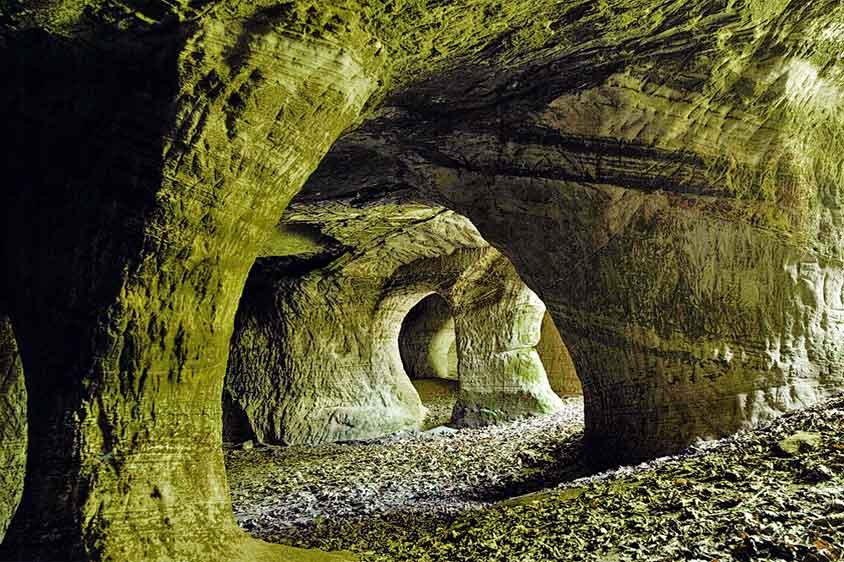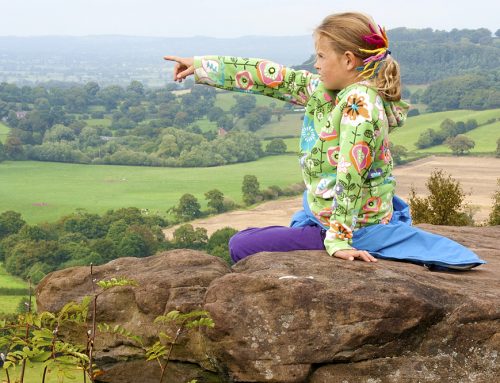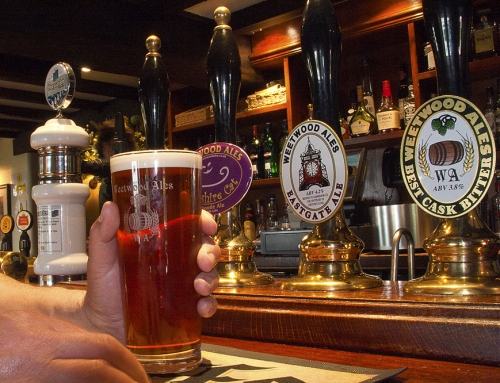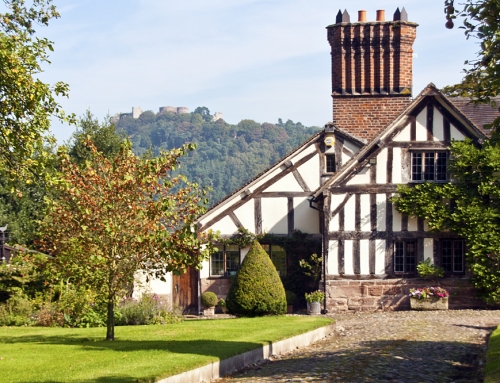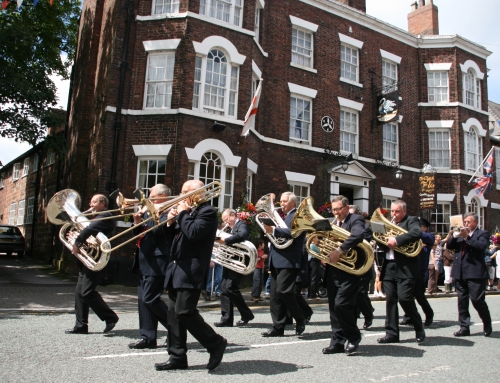Bat cave?: Now closed off to protect rare roosting bats, the caves at Beeston probably once housed Civil war horses
Cheshire’s central sandstone ridge features several caves that have either been naturally eroded or deliberately dug out of the soft sandstone.
The best natural cave (although clearly enhanced by man) on the Sandstone Trail is probably Mad Allen’s Hole near Bickerton; another is tiny Musket’s Hole, just south of Rawhead.
Other, man-made, caves include what may be underground Civil War stables within the grounds of Beeston Castle (now blocked off to protect bats, and for public safety), the spectacular Queen’s Parlour, and smaller Bloody Bones Cave beneath towering Rawhead — both of which were excavated originally for their soft white scouring sand, used to clean milk churns and Cheshire cheese making equipment.
Mines and Tunnels
What’s more, there are undoubtedly ancient shafts and tunnels radiating out into the darkness deep beneath the sandstone ridge close to the copper mine chimney at Gallantry Bank. There’s even a hidden adit, or gently sloping tunnel, that enters the hillside from a shallow hollow in the woods beside the Trail at the southern end of Hether Wood.
The sandstone ridge has been deliberately quarried, too, for building stone since at least the Middle Ages. But Cheshire’s sandstone is far from uniform. In fact, the quality varies hugely depending on the grain size and degree of mineral cementation.
The finest hard, pale building stone from quarries at Manley Knoll was used at Chester Castle and Eaton Hall, while stone from King’s Chair in Delamere Forest was reputedly carted away along the old Roman road to build Vale Royal Abbey near Whitegate, in central Cheshire.


